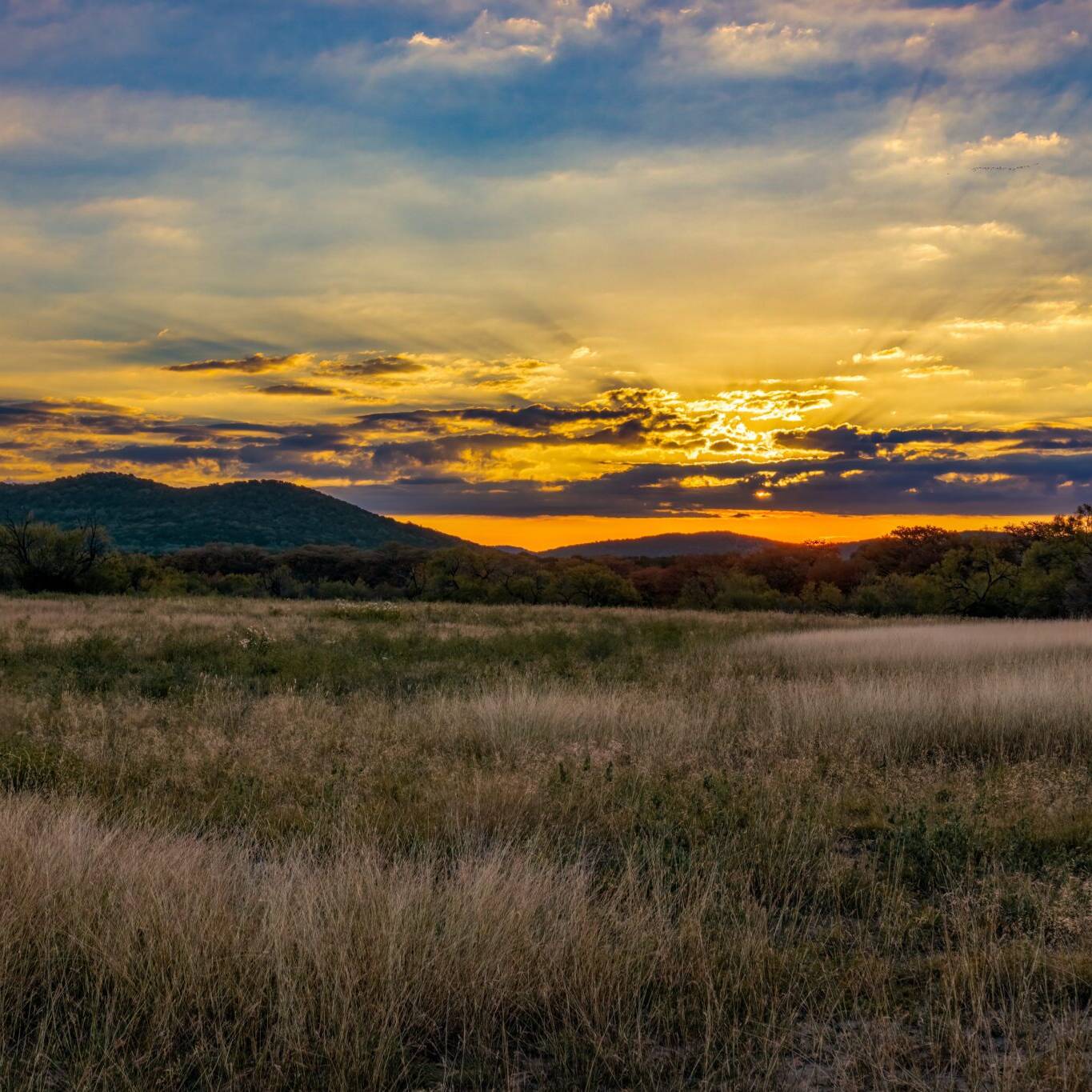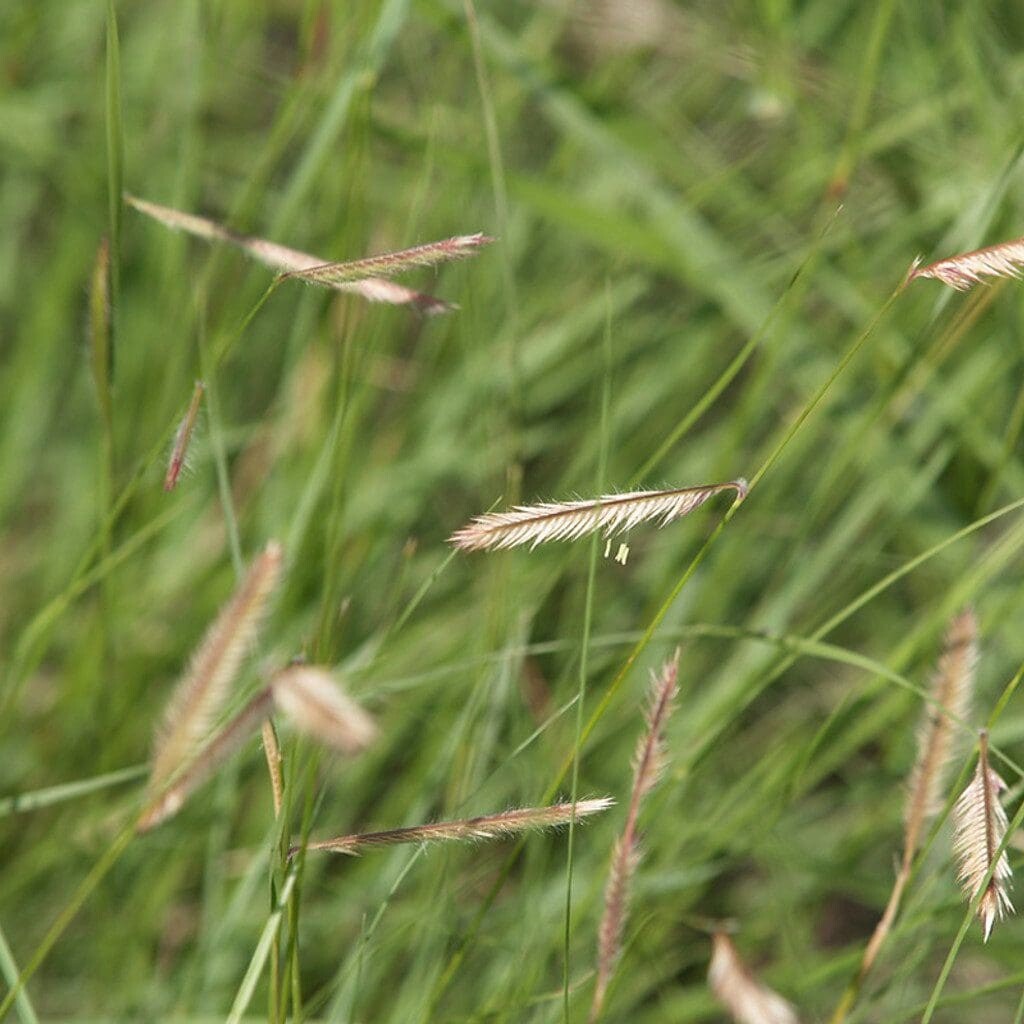Understanding the Difference Between Warm and Cool Season Grasses
Choosing the Right Grass for Your Climate and Purpose
When selecting grass for pastures, lawns, or restoration projects, understanding the difference between warm and cool season grasses is important. These classifications define the plant’s growth cycle, climate adaptability, and temperature tolerance. Selecting the right growth-type ensures optimal establishment, persistence, and performance year-round.


Cool Season Grasses
What are cool season grasses?
Cool-season grasses thrive in moderate temperatures with peak growth occurring in the spring. Some form of re-growth usually occurs in the fall. These grasses are adapted to cooler climates and typically go dormant or struggle under prolonged summer heat or drought.
Key Characteristics:
- Performs best in cooler temperatures (60-80 degrees)
- Cool season grasses will go dormant in hot heat (90-100 degrees) they will turn brown to protect itself from the heat stress
- Best times to plant is in Spring or Fall
- Do better at higher elevations
Warm Season Grasses
What are warm season grasses?
Warm-season grasses perform best in hot temperatures and show their most vigorous growth in midsummer. These grasses are well-suited to regions with hot summers and are more drought-tolerant, thanks to their efficient water use and deep rooted systems.
Key Characteristics:
- Idea temperature is between 80-95 degrees
- Deep rooted and drought tolerant
- Will go dormant during cold temperatures
- Tend to take longer to establish than cool season grasses

Making the Right Choice
In some regions, especially transitional zones, a blend or rotation of both types may be appropriate. For instance, some producers use cool-season grasses for early spring forage and warm-season grasses for summer grazing, ensuring year-round productivity. Keep in mind that in some areas that receive a good winter this might not be the best option even if summer temperatures are high.
Consider these when making your decision:
- Local Climate (Average high and low temperatures)
- Soil type and what moisture is available
- What is the intended use (lawn, hay, reclamation, erosion control, etc.)
- Planting time and establishment window
**Don’t know for sure? Give us a call and talk with a seed specialist. 435-283-1411